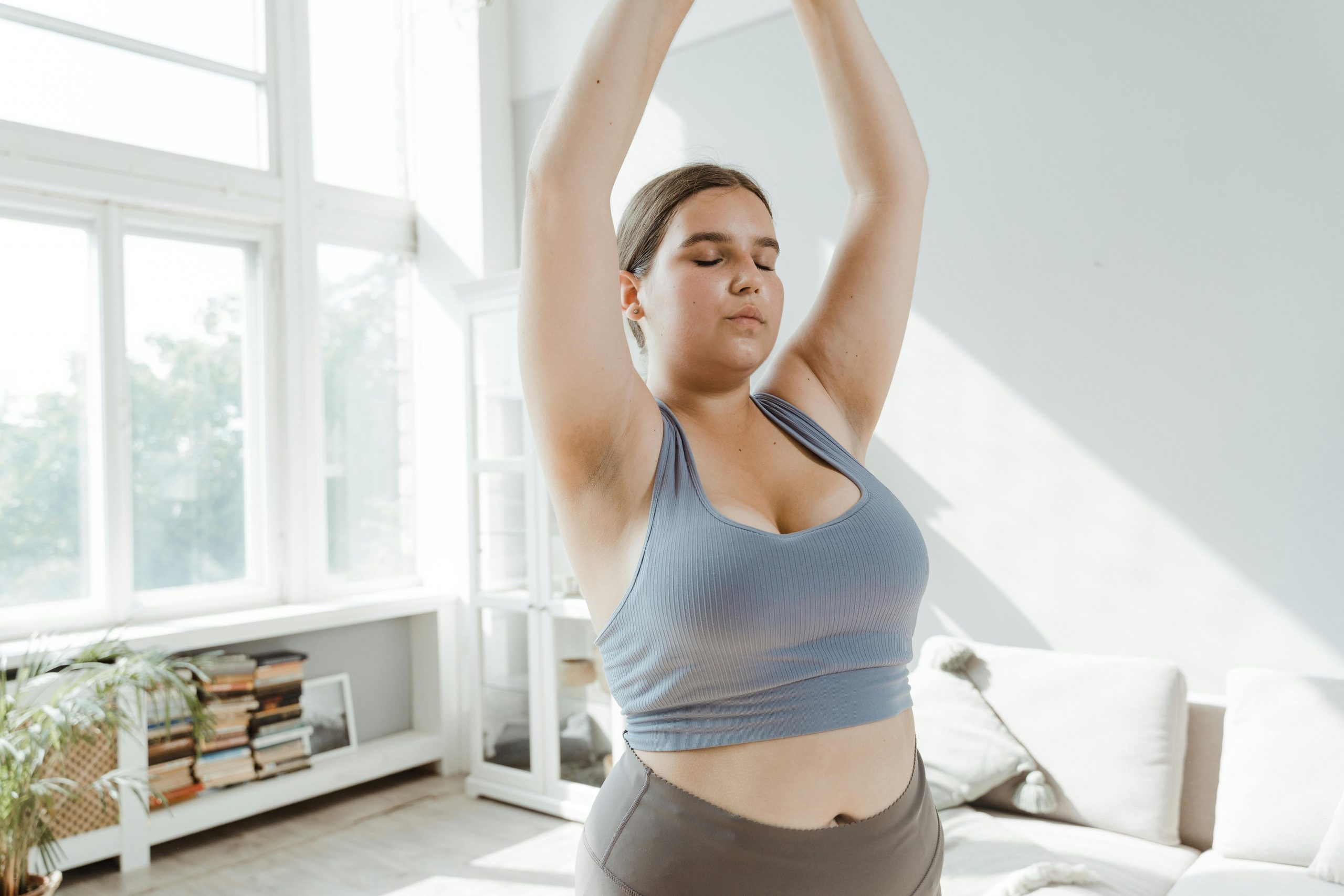Building a home gym is one of the most empowering and rewarding investments you can make for your health and lifestyle. Whether you’re a fitness enthusiast or just getting started, having a personal space to work out can save you time, provide privacy, and give you full control over your environment. But the process of designing and creating that perfect gym might seem overwhelming at first. From flooring to lighting, temperature control to equipment selection, there are countless elements that contribute to an ideal workout space.
That’s where local vendors come in. By teaming up with experts in your community—from flooring companies to HVAC companies—you can make the process of building a home gym fun, easy, and stress-free. These professionals bring specialized knowledge, trusted products, and personalized services that can transform your space into something truly exceptional. Whether you’re converting a garage, finishing a basement, or setting up in a spare room, working with local partners will help you get it done right.
In this blog, we’ll explore the step-by-step process to build a gym using top-tier local services. We’ll also highlight trusted professionals for each essential feature. The best part? You’ll see just how accessible and enjoyable this project can be. Our goal is to make the journey not only effective but also engaging and even a little bit fun. Ready to build a gym that fits your lifestyle? Let’s get started.
1. Choosing the Right Location

Finding the perfect spot to build a gym at home starts with location. Many homeowners opt to convert a garage, spare room, or finished basement into a dedicated workout zone. If you’re planning to use a basement, working with a local expert who offers renovation services can make a big difference. They’ll ensure your space is moisture-free, structurally sound, and properly insulated.
Don’t overlook plumbing needs either. A plumbing contractor can assist with water lines if you want to add a sink, water fountain, or even a small spa area. Creating a comfortable, functional environment requires thoughtful planning. By combining the right professional help with your fitness goals, you’ll be off to a strong start as you build a gym tailored to your unique space.
2. Installing the Right Flooring
Flooring is one of the most critical elements in any gym. It affects safety, performance, and overall aesthetics. Luckily, local flooring companies offer a wide array of solutions—rubber tiles, vinyl, foam mats, and more—designed specifically for high-impact and athletic environments. The key is choosing a material that balances durability, comfort, and ease of cleaning.
When you build a gym at home, you want it to feel professional and inviting. Local vendors can help you select and install the ideal flooring for your workout style—whether it’s weightlifting, cardio, yoga, or a combination. Flooring companies not only help you select the best materials but also ensure they’re installed correctly to avoid hazards and wear over time.
3. Making Space Functional
Sometimes, to build a gym that truly supports your health goals, you need more than just a few mats and dumbbells—you need a full remodel. That’s where professional renovation services come into play. If you’re converting an attic, spare bedroom, or underutilized space, a renovation team can reconfigure the area to match your vision.
From adding lighting and mirrors to optimizing layout and airflow, renovation services can handle everything. They ensure your space is both aesthetically pleasing and highly functional. Plus, they can provide guidance on maximizing square footage, organizing equipment, and making the most of your home’s architectural quirks. Building a gym becomes far easier when you have the right help to do it.
4. Keeping It Cool

Temperature control plays a huge role in gym performance and comfort. Nobody wants to sweat more than they have to! Hiring a trusted local AC company ensures that your home gym stays cool and well-ventilated during even the most intense workouts. Whether you’re adding a ductless mini-split system or enhancing existing HVAC ducts, professionals can advise on the most energy-efficient and cost-effective options.
When you build a gym at home, don’t underestimate the importance of air circulation. A local AC company can also recommend smart thermostats and air purifiers to maintain clean, breathable air. Working out in a well-ventilated, temperature-controlled space keeps you comfortable and helps reduce injury risk due to overheating.
5. A Finished Basement
If you’re converting a basement into a gym, your possibilities open wide. A finished basement can be transformed into a multi-purpose wellness center with strength-training zones, yoga corners, and even recovery areas. The benefit of a basement is space and privacy, and with the right design, you can create a seamless, cohesive environment that’s free of distractions.
Basement renovations might also involve additional electrical, plumbing, or insulation work—especially if the space has never been finished. Fortunately, local professionals who specialize in finished basement projects can tackle all the essential upgrades. When you build a gym in your basement, you’re building a long-term asset for your home and health.
6. Lighting, Mirrors, and Energy Efficiency
Lighting is often overlooked, but it’s a game-changer when you build a gym. Good lighting boosts energy, helps with focus, and even improves safety. Consider installing LED lights that mimic daylight, and place mirrors strategically to check your form and open up the space visually. Skylights or natural light can also enhance mood and motivation.
In addition to lighting, consider energy-efficient features like motion sensors or dimmers to control usage. Mirrors also play a big role in mental stimulation, motivation, and visual monitoring of exercises. When you build a gym that looks and feels like a professional studio, you’re more likely to stay consistent with your workouts.
7. Powering Up

Electrical wiring is crucial for powering workout machines, lighting, fans, and entertainment systems. A local electrician can ensure your space is safely wired and up to code. You may need new outlets, upgraded circuits, or even surge protectors to handle equipment like treadmills, elliptical machines, or rowing machines.
When you build a gym, electrical safety is not something to skimp on. Whether you’re mounting a flat-screen for fitness videos or connecting Bluetooth-enabled gear, a licensed electrician will guarantee everything is safe and functional. Plus, they can install features like ambient lighting or smart switches to enhance your overall workout experience.
8. Securing the Space
For those converting a garage into a home gym, upgrading the garage doors is essential. New, insulated garage doors can regulate temperature, block outside noise, and provide better security. In fact, modern garage doors offer window panels for natural light, and they come in a variety of designs that suit your home’s style.
If you’re ready to build a gym in your garage, this is one area where working with local garage door specialists pays off. They’ll help you select doors with the right insulation rating, noise dampening, and durability. This small but impactful change makes a big difference in the long-term usability of your garage gym.
9. Adding Strength and Style
For garages or basements, epoxy flooring services provide a sleek, strong, and low-maintenance solution that’s ideal for workouts. Epoxy resists stains, water damage, and wear from heavy equipment. It’s easy to clean and adds a polished finish to any space. Many local companies offer customizable color and texture options.
When you build a gym with a focus on longevity, epoxy flooring stands out. It’s especially ideal for high-traffic areas or strength zones where weights could damage other surfaces. By hiring professionals, you ensure the application is seamless, durable, and visually stunning.
10. Budgeting and Planning Ahead
Before you build a gym, plan your budget and timeline carefully. Make a list of must-haves versus nice-to-haves. Prioritize foundational features like flooring, electrical work, and climate control, then build up to additional amenities. Creating a phased plan can help you spread costs while staying on track with your goals.
Work with local vendors to get accurate quotes, and ask for package deals or seasonal discounts. Many offer free consultations or bundles when multiple services are booked together. With the right plan, you can build a gym that’s both cost-effective and top-quality.
11. Water Features and Recovery Zones
Recovery is just as important as working out. Adding a water feature such as a cold plunge tub, small steam shower, or even a water dispenser can make your home gym a wellness haven. With water softener installation, you can enhance the performance and longevity of these features—especially if your home has hard water.
When you build a gym that includes recovery areas, you support muscle repair, relaxation, and long-term success. Local vendors can help you integrate these components without compromising on space or budget.
12. Enhancing Air Quality
To build a gym that supports long-term use, don’t forget about air quality. HVAC companies can install air filters, purifiers, and efficient airflow systems that help remove allergens, odors, and excess humidity. This not only keeps your space fresh but also prevents damage to equipment and flooring.
If your gym is in a closed space like a basement or garage, having a proper HVAC system is vital. It ensures you’re breathing clean air and staying comfortable during every session. Professionals can also help you choose systems that are quiet, energy-efficient, and designed for fitness environments. Building a gym becomes even more rewarding when every detail—down to the air you breathe—is optimized.
As you can see, deciding to build a gym at home doesn’t have to be a complicated or costly endeavor. With the right local vendors by your side, you can transform any space into a high-performing, personalized fitness sanctuary. From initial planning and renovation to flooring, air conditioning, and even water systems, every part of the process can be made easy and enjoyable.
Whether you’re partnering with a plumbing contractor for a hydration station, choosing epoxy flooring for durability, or working with HVAC companies to purify the air, your team of local experts is key. They help streamline decisions, offer reliable craftsmanship, and ensure every element is safe and up to code.
More importantly, when you build a gym that’s tailored to your lifestyle and preferences, you’re more likely to use it consistently and enjoy the benefits of physical fitness. The investment pays off not just in dollars, but in energy, wellness, and peace of mind.
So go ahead—take the first step toward your dream home gym. Connect with trusted local professionals and turn your fitness vision into a reality. Build a gym that fits your goals, and have fun doing it!
Building a home gym also provides long-term flexibility. As your fitness interests change—whether you shift from heavy lifting to yoga, cardio to calisthenics, or high-intensity interval training to recovery-based routines—your space can adapt without needing to overhaul your entire setup. With modular gym flooring, adjustable lighting, and multi-use equipment, it’s easy to create a space that evolves with your lifestyle. Working with local vendors allows you to find solutions tailored specifically for your home’s size, layout, and style, making it easier to maximize both form and function.
Whether it’s adding mirrors to enhance your technique, consulting a local electrician to install smart outlets for automated climate control, or choosing equipment with your ceiling height in mind, a custom gym becomes an extension of your living space. Additionally, incorporating elements that make the gym feel enjoyable—like entertainment systems, soundproofing, or even small touches like fresh plants or mood lighting—can keep workouts fun and engaging. Local suppliers often offer unique products and services that blend aesthetics with practicality, helping you stay inspired every time you step into the room.
With the creativity and support of skilled local vendors, you can design a gym that feels less like a chore and more like a daily gift to yourself. Whether you’re just starting or expanding an existing space, remember that building a gym should reflect your personal fitness journey—and when done right, it can be one of the most rewarding additions to your home.





